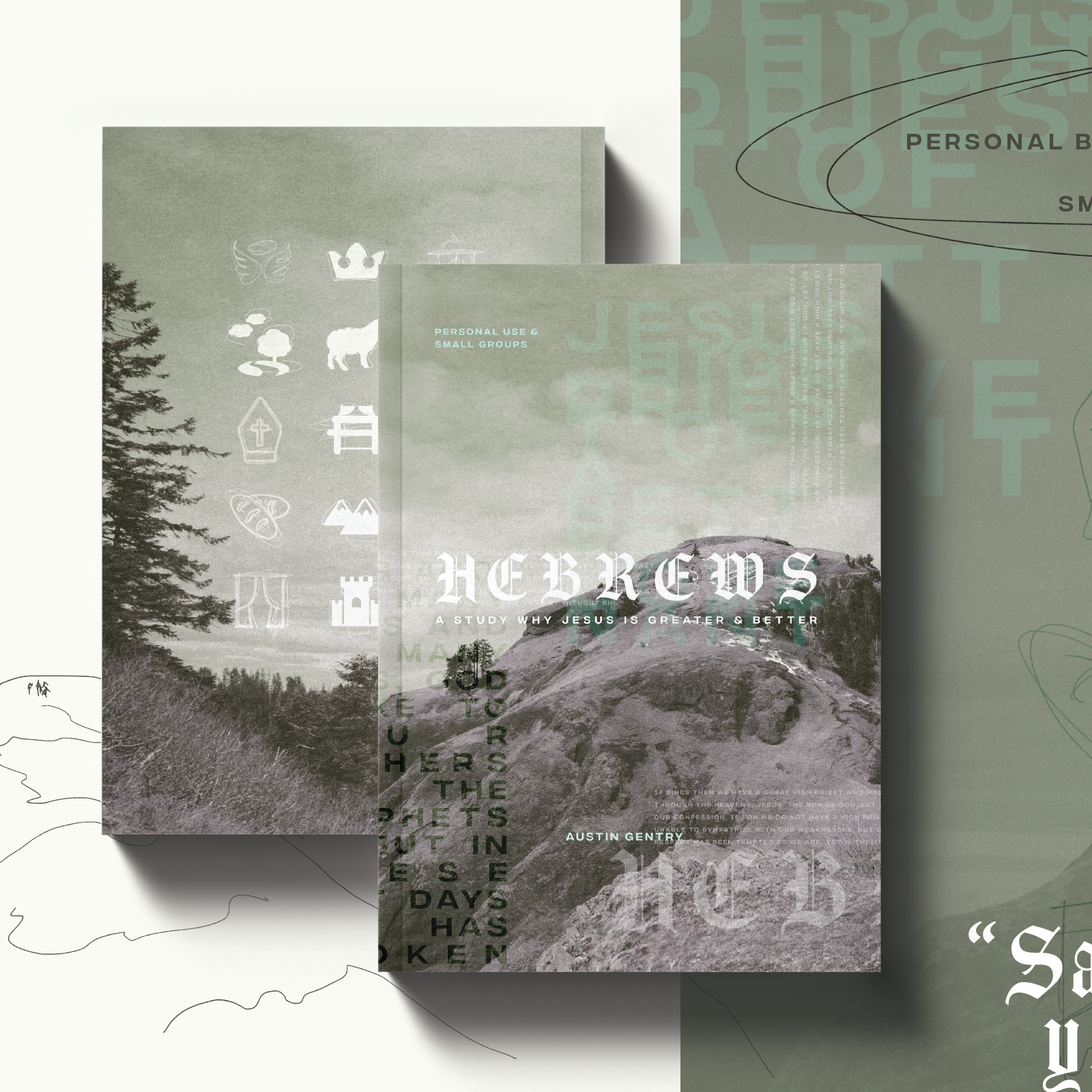People talk about personal freedom a lot. However, we typically don’t realize that our idea of freedom is based on our own presupposition about our design. In this blog, I’ll mainly cite two sources of information which I have found particularly helpful in understanding how human freedom follows human design, and then further discuss some concepts mentioned. Check it out:
“Modern people like to see freedom as the complete absence of any constraints. But think of a fish. Because a fish absorbs oxygen from water, not air, it is free only if it is restricted to water. If a fish is “freed” from the river and put out on the grass to explore, its freedom to move and soon even to live is destroyed. The fish is not more free, but less free, if it cannot honor the reality of its nature. The same is true with airplanes and birds. If they violate the laws of aerodynamics, they will crash into the ground. But if they follow them, they will ascend and soar. The same is true in many areas of life: Freedom is not so much the absence of restrictions as finding the right ones, those that fit with the realities of our own nature and those of the world1.
So the commandments of God in the Bible are a means of liberation, because through them God calls us to be what he built us to be. Cars work well when you follow the owner’s manual and honor the design of the car. If you fail to change the oil, no one will fine you or take you to jail; your car will simply break down because you violated its nature. You suffer a natural consequence. In the same way, human life works properly only when it is conducted in line with the “owner’s manual,” the commandments of God. If you disobey the commands, not only do you grieve and dishonor God, you are actually acting against your own nature as God designed you. When God speaks to disobedient Israel in Isaiah chapter 48, he says, “I am the Lord your God, who teaches you what is best for you, who directs you in the way you should go. If only you had paid attention to my commands, your peace would have been like a river, your well-being like the waves of the sea” (Isaiah 48:17–18)2.”
Freedom, then, is found when we actively accept our design (image-bearers of God), despite our wants, preferences, or personal ideals. Therefore, when we strive to understand our design, we cannot look ‘in’ per se–to ask ourselves what our design is–because we did not design ourselves in the first place. Our designer did, and knows exactly how he fashioned us and intended for us to be. Rather, we must look ‘out’ and outside of ourselves–which is distorted by sin’s toll on our wants, preferences, or personal ideals anyways–to a standard that is external and independent of us: God. In fact, if everyone looked ‘in’ for their design, then everyone would have a different answer–one that would be personally preferable and at odds with our neighbor. Indeed, if our preference is grounded on sin, then how can we know if we are giving ourselves what is best? Since we are flawed, we cannot trust our own personal diagnosis to be correct or most helpful.
And that is a characteristic of sin:
Sin prevents you from knowing what is best for you because it encourages you to consult with anyone but Your Designer for freedom–most of the time prodding you to consult with yourself to look deeper ‘in’ instead of farther ‘out’, only enhancing sin’s hold and deception in your life.
In fact, the great reformer, Martin Luther, once described sin and the overall predicament of the human race as being homo incurvatus in se, meaning, “humans curved in on” themselves. To look to self for salvation in all areas of life and not to God (for substantive biblical illustration of this, see Romans 1).
Thus, it is true when speaking in a context of human design that “sin will take you farther than you want to go, keep you longer than you want to stay, and cost you more than you want to pay”.
I think CS Lewis also hits the nail on the head with his description of the nature of sin in his renowned book, Mere Christianity:
“A moderately bad man knows he is not very good: a thoroughly bad man thinks he is all right. This is common sense, really. You understand sleep when you are awake, not while you are sleeping. You can see mistakes in arithmetic when your mind is working properly: while you are making them you cannot see them. You can understand the nature of drunkenness when you are sober, not when you are drunk. Good people know about both good and evil: bad people do not know about either.”
And the only thing that will free us from constantly looking ‘in’ to the liberty of looking ‘out’ is the gospel: the good news about all things “whether on heaven or on earth” being reconciled by Jesus, who perfectly redeemed us inwardly so that we can start looking outwardly. He made peace in the tragedy of personal and cosmic design by his blood (Col 1:20).
Creation: The Designer creating the designed in a perfect way for a perfect order
Fall: the designed believing in a better design than what The Designer created, and so rebelling against The Designer, thus disrupting and corrupting the intended order (sin)–both personal and cosmic ramifications
Redemption: The Designer becoming like the designed in the person of Jesus to show the designed what the perfect order looks like (miracles) and to pay for sin with his life (crucifixion/resurrection)–to redeem the personal and cosmic effects of sin
Restoration: The Designer coming back to restore the perfect order with a new heaven and new earth and to eradicate all sin that disrupted this order once and for all
===========================================================
1 Tim Keller: “Is Christianity A Straitjacket?”, The Reason for God: Belief in an Age of Skepticism
2 Tim Keller: “The Freedom of Our Work”, Every Good Endeavor


